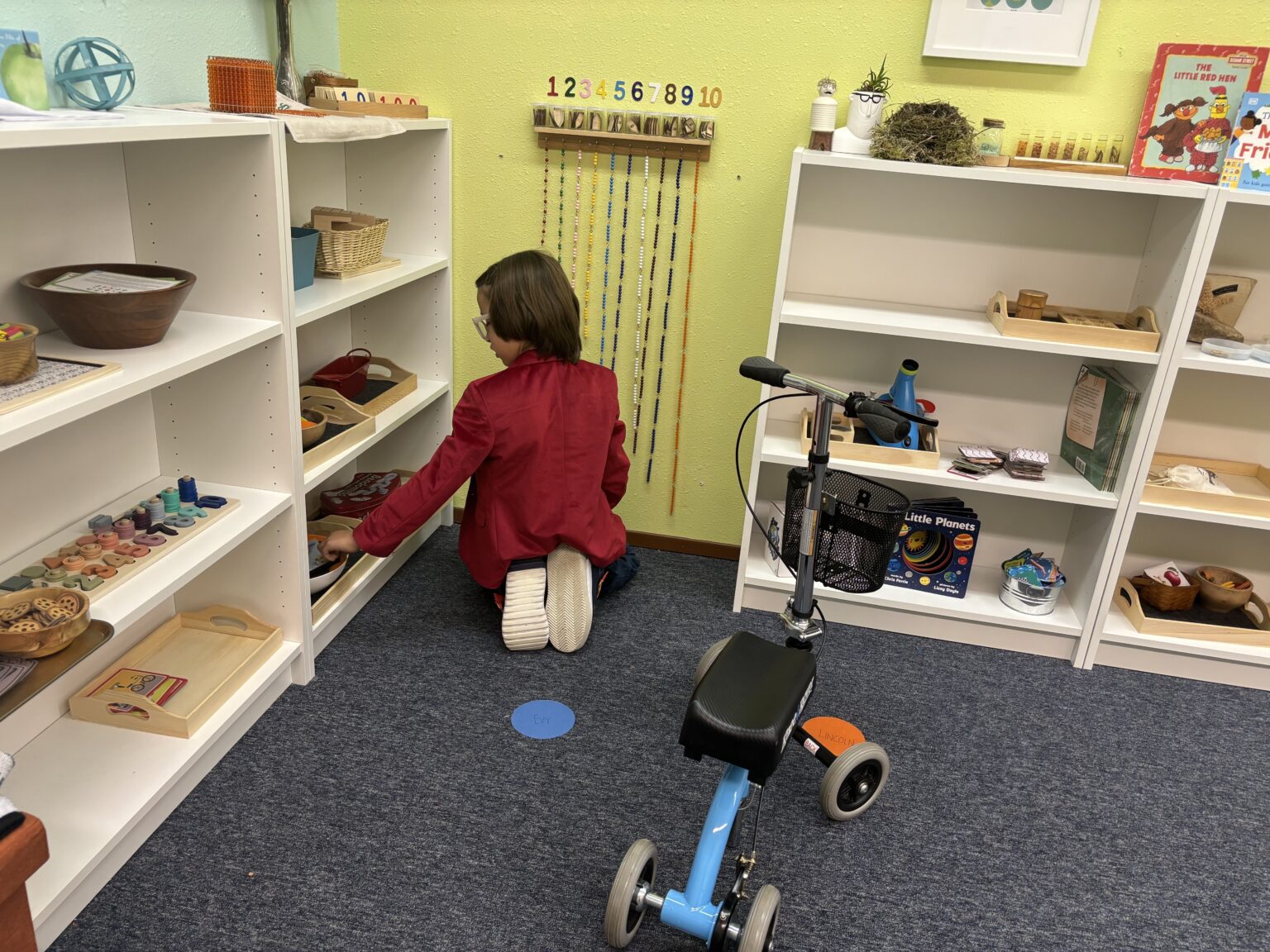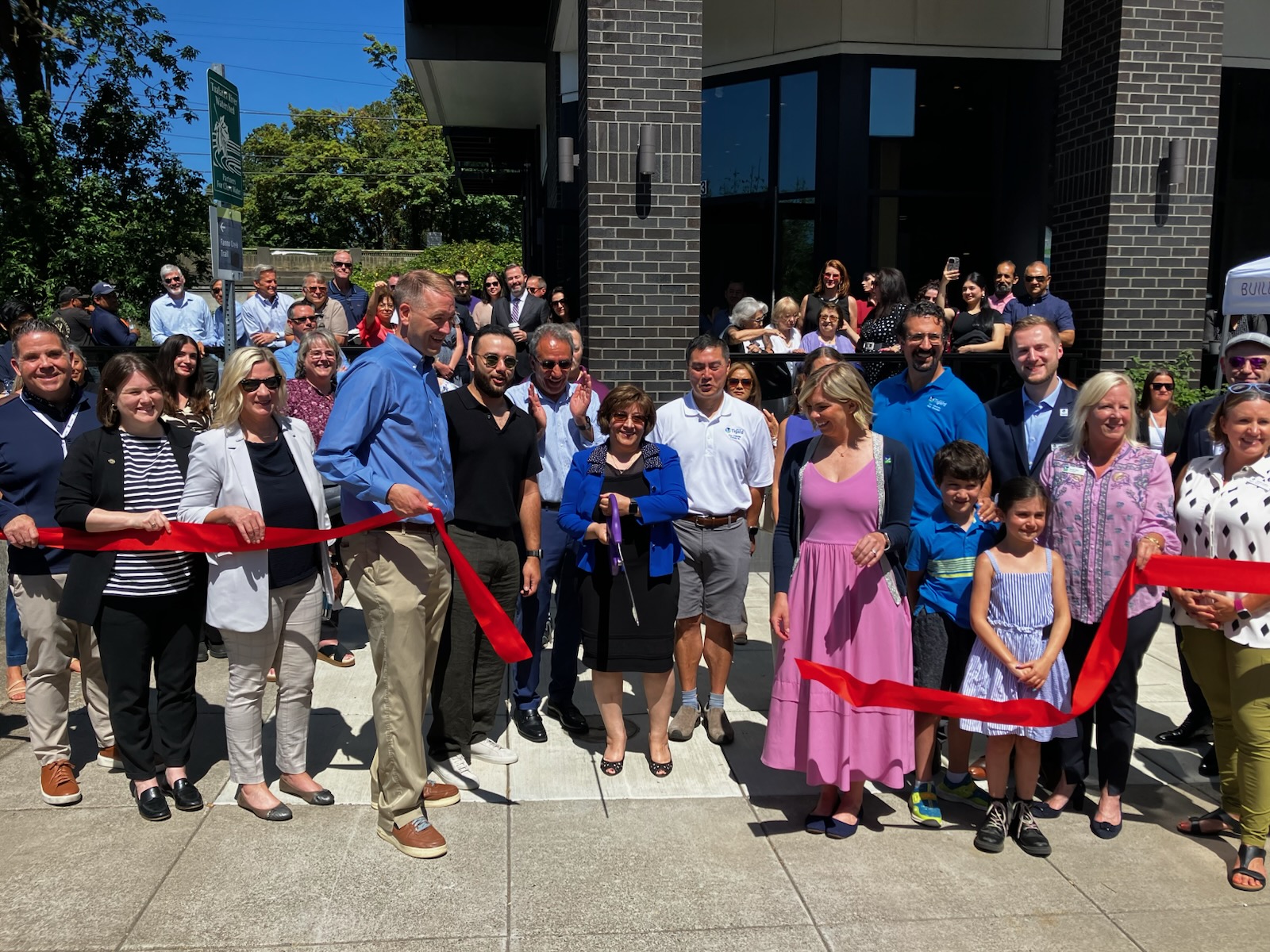School boosts language development with immersion program
Published 8:31 am Thursday, October 25, 2012

- Metzger kindergartner Yonis Imam shows a classmate a Spanish book he picked out to read in Stephanie Dahlman's kindergarten Dual language immersion class. School officials say dual-language classes are beneficial to native and non-native Spanish speakers (Jaime Valdez/The Times)
In Stephanie Dahlman’s kindergarten class at Metzger Elementary School, four-year-olds are cutting out shapes and gluing them to pieces of paper.
It’s a scene not dissimilar to any kindergarten classroom, where bright pictures of everyday objects line the walls to help students remember their ABCs, and students recite the days of the week.
But unlike most other kindergarten classes, Dahlman’s lessons are spoken completely in Spanish.
Trending
“Muy bien,” she tells one student who shows her a robot she colored. “Very good.”
Dahlman is one of two kindergarten teachers at Metzger leading a pilot program of dual-language immersion.
In these classes, students are taught almost entirely in Spanish.
“Yeah, we’re Spanish speakers!” shouts one boy as he shows off his own robot drawing.

Metzger kindergarten teacher Stephanie Dahlman is one of two Spanish-language teachers at the school, in a pilot program to increase performance of English language learners (Jaime Valdez/The Times)
The program is one of several that the Tigard-Tualatin School District has started this year to help its English Language Learners, who have struggled for years in the district.
The district’s test scores and graduation rates for ELL students have long been a problem. In 2010, only 32 percent of Tigard-Tualatin ELL students were proficient after five years, the time that the state says students should transition out of the English language program, and only 65 percent of those students were able to graduate from high school after five years.
Trending
Dan Goldman, the district’s director of curriculum and instruction said that the five-year time-line is problematic, it takes at least seven years for anyone to become proficient in a language, he said, but admitted that the district needs to be doing more.
“There are districts getting after this substantially,” he said, “and getting after this better than we are.”
In the past, Goldman said, the district has not placed enough emphasis on ELL students, but that’s changing this year, he said, with a host of new programs across the district aimed directly at raising the bar for English learners.
The district has long out-performed the state in nearly every measurable category, but its performance with English Language Learners has long been a sore spot.
“It’s terrible,” said Metzger Principal Craig Sproles, which has one of the largest Spanish-speaking populations in the district.
Dual-language classes are a proven way to address that, he said. The Spanish-speaking students are able to get a footing in their native language and the English-speaking students are able to learn a second language by the time they leave elementary school.
“A lot of kids come to school with no language, even if speak a language at home,” Sproles said. “If they don’t read or write, they don’t have the skills.”
In dual-language classes, students receive less and less instruction in Spanish each year, until they are taught entirely in English by the time they get to middle and high school, where they are expected to perform in English-language classes, Sproles said.
And demographics in the district are changing. Students of color will make up half of its population by 2015, district officials estimate, and most of those will be Spanish-speaking students.
At Bridgeport Elementary School, in Tualatin, the majority of students already speak Spanish at home, showcasing the need for dual-language classes, Goldman said.
“The future of Bridgeport is Spanish,” Goldman said.
Goldman said he wants the dual-language program to expand to each of the district’s schools with high-minority populations, namely Bridgeport and Tualatin elementary schools.

Metzger Elementary School principal Craig Sproles watches as a Spanish-language kindergarten class dances and sings the days of the week in Spanish. Sproles has confidence that the new program will help increase performance of Spanish-language students. (Jaime Valdez/The Times)
Tigard-Tualatin has long been one of the few districts in the area without dual-language programs.
But that’s just one of the programs that the school district has started this year to address the struggling ELL standinds, Goldman said.
At Charles F. Tigard Elementary School, students are enrolled in a schoolwide language development period, where students are split into level groups in order to work on grammar, fluency and language development.
“Often in classes we pull kids out of class to get language development,” Goldman said. “But at CFT nobody is getting pulled out of class, they are all getting it.”
At the high school level, ELL students were previously given two class periods — one each day — where they received English language development.
But Goldman said that those classes gave students below-grade level language arts instruction.
Without access to the grade-level materials, Goldman said, the students haven’t been able to meet state standards.
“If you are expected and have to pass the test to get a diploma, how can you possibly do that if you don’t have access to the content?” Goldman said.
Starting this year students are enrolled in grade-level English classes on one day, and receive special help in English language-development on the other.
Goldman said that process was slow going, and will require teachers to work with the struggling students.
“It would be like if you went to China and were enrolled in a regular science class in Chinese, you need a lot of support in order to do that,” Goldman said.
All of these programs are in the experimental stage, and definitive numbers won’t be available until December to see if they have had any affect on ELL student performance.
“We are excited to see the benchmark data to see if the students are learning at the rate and sequence that they need to be, and so far they seem to be,” said Sproles, back at Metzger Elementary School.
Even without the data, Metzger has already said that the program is successful.
The school saw the biggest kindergarten enrolDahlman’s lment in recent memory, Sproles said, largely attributed to the dual-language program/
The program has also brought together not only Spanish speakers and English speakers, but students from multi-lingual families.
In her kindergarten classroom, Dahlman said that the many of students enrolled in the classes this year are English speakers or students from multi-lingual families.
But that doesn’t mean that the Spanish-language students aren’t benefiting, she said.
In a reversal of many settings in Tigard-Tualatin, where Spanish-speaking students are often left out of classroom discussions, Dahlman said that her Spanish speaking students are more apt to speak up and answer questions, and are seen as role models to the English-speaking students.
“I try to encourage the (Spanish-speaking) kids to speak Spanish so they encourage their peers to speak in Spanish,” Dahlman said.
And outside the classroom, Sproles said he sees students coming together in ways they didn’t before.
“Normally they have a hard time interacting and playing together because they don’t speak the same language, but we already see a lot less of that. They are using Spanish as their playground language to interact with each other,” he said.
“It’s a real point of pride for our school.”







